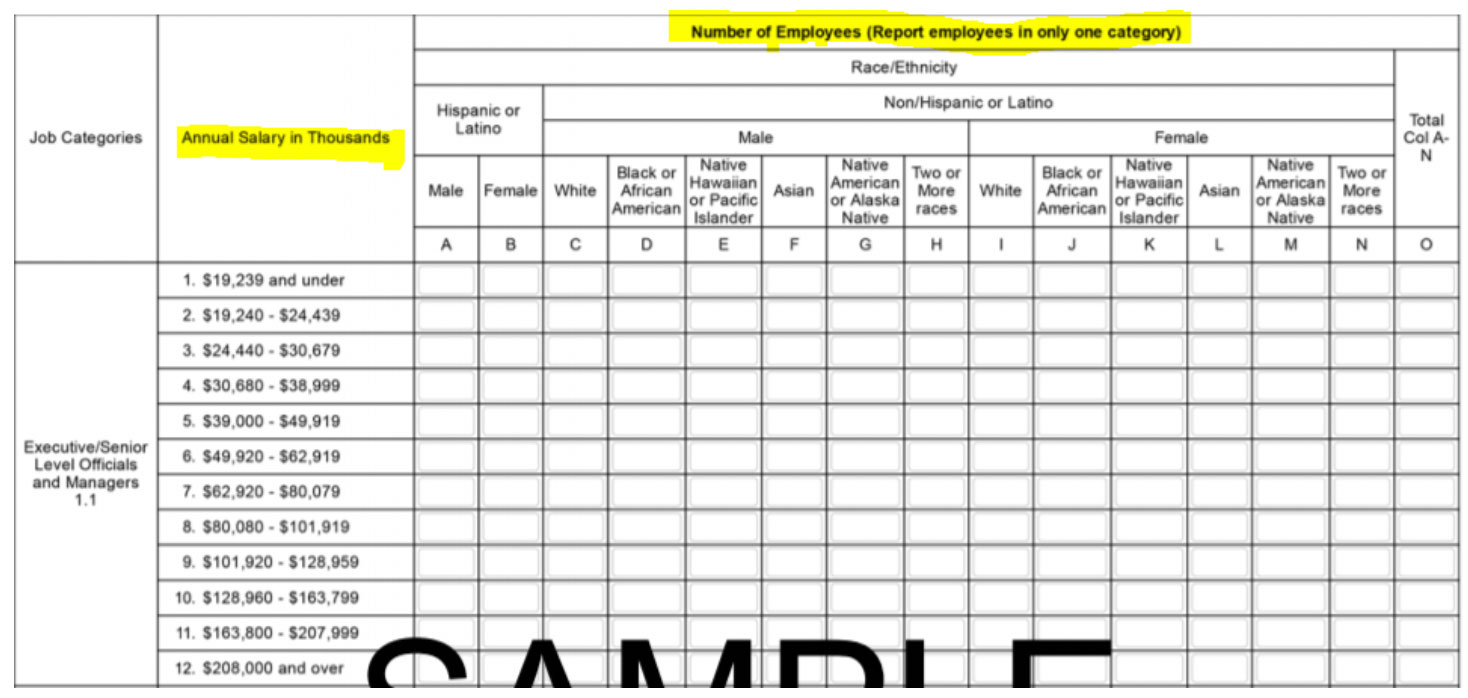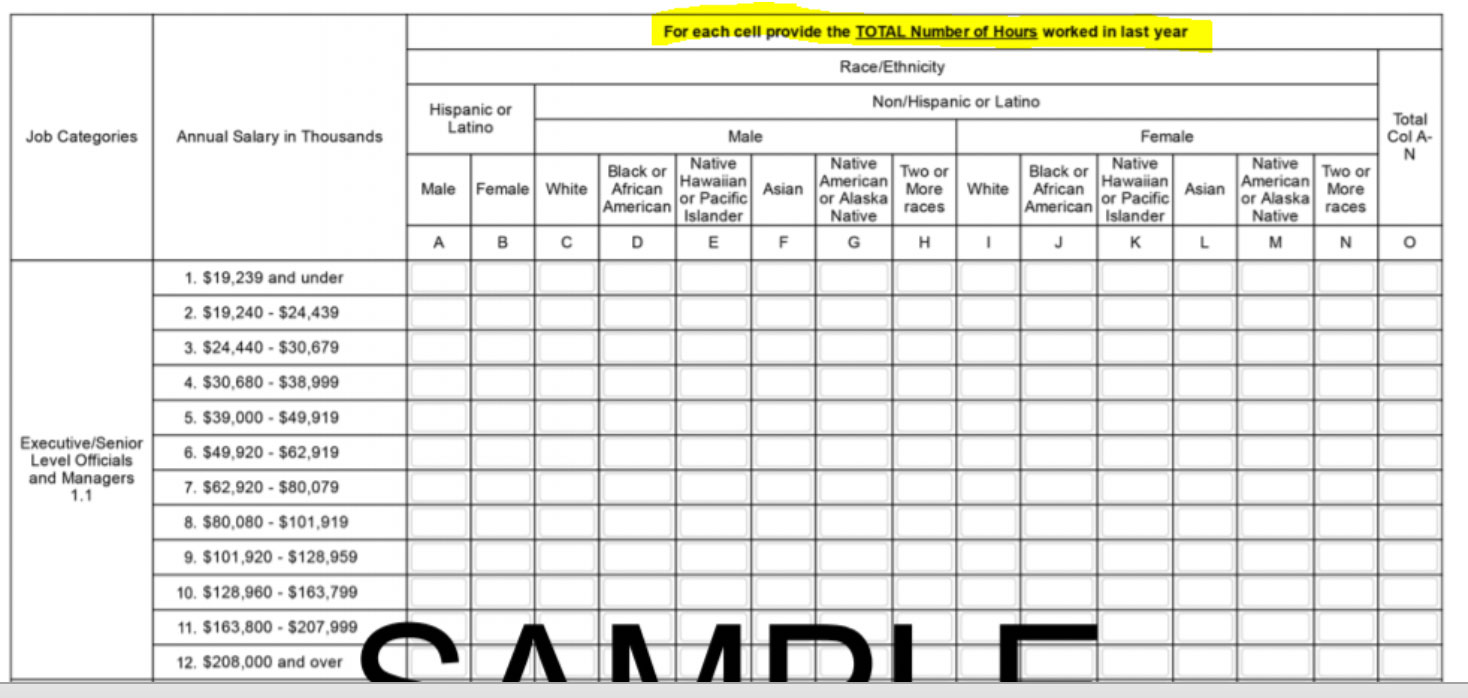Prepare Now for Next EEO-1 Component
By Angela Adams, CEBS, SPHR, Director, Human Resource Services
Published June 18, 2019
Although there was a May 31, 2019, deadline for the race/gender portion of the 2018 EEO-1 Report, don’t forget that there is another component due September 30, 2019 – specifically, the hours worked and W-2 information for employees, for both 2018 and 2017 calendar years. This is a new EEO-1 requirement we’ve been writing about over the last few months, and the deadline will be here before we know it. As a reminder, the EEO-1 Report is required of private sector employers that have 100 or more employees or government contractors/first-tier subcontractors that have 50 or more employees and at least one $50,000 contract.
While we wait for the portal to open for this part of the report (which should be happening mid-July), here are some tips on what to do now. Pick the end of a payroll period from October to December of 2018 and 2017; whoever was actively on payroll on the date you choose will be the individuals for which you file. If you have details on whom you included in the “regular” EEO-1 Reports these years (the race and gender part), you should file the additional component using those people (i.e., match this additional data to the people in the original 2018/2017 reports).
Think about how to pull the information that you need for each person, which is outlined below. You are going to need this for both 2018 and 2017.
- EEO-1 Category, Race, Sex, Location.
- W-2 Box 1 Wages for 2018 and 2017.Exempt/Non-Exempt, along with Full-Time/Part-Time status (if they are exempt).
- For exempt, how many weeks they worked during the W-2 reporting period.
- For non-exempt, how many hours they worked during the W-2 reporting period (if you have this for exempt people, you can use this in lieu of the number of weeks above).
For exempt individuals, if you did not track their actual hours, you will need to calculate their hours based on how many weeks of the year they worked. In this portion of the report, for both exempt and non-exempt employees, “time worked” uses the same definition as time worked under the Fair Labor Standards Act (FLSA). So, vacation time, holidays, paid-time-off, and other hours not actually spent working but that were paid are not considered time worked. The EEOC is allowing employers to use 40 hours/week for a full-time exempt person and 20 hours/week for a part-time exempt person to determine hours worked. For non-exempt people, you should have the records of actual hours worked.
You will be filing information on how many individuals fall into various W-2 pay bands, by EEO-1 job categories. Following is an example of the government’s original format of how they wanted this data, using the Executive/Senior Level Officials & Managers as an example. The additional nine EEO-1 job categories will have their own sections. Note that there are 12 different pay bands, ranging from $19,239 and under to $208,000 and over. We are not sure if the report is going to look exactly like this but will keep you informed as we get more information.

In addition, you will be filing the total number of hours worked for each pay band. This means you’ll be adding all the hours worked together for the employees that fall into a given category.

We will be sharing more information as the portal gets closer to opening, but don’t delay looking into how you might find this information in your systems to avoid a time crunch before September 30.
HR Source members with questions about EEO-1 reports or affirmative action, or who need help completing either, should contact us at 800-448-4584 or hotline@hrsource.org.